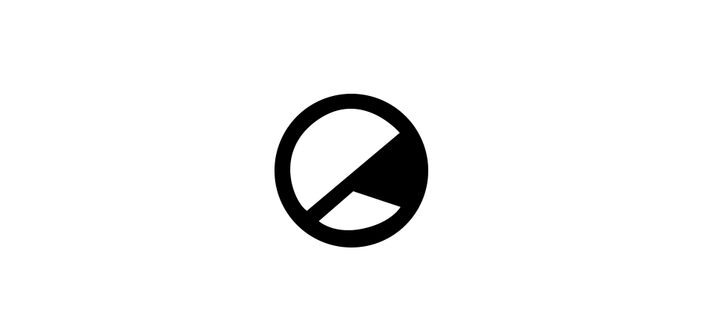It’s 2040. The ice caps have melted and society itself gently bobs on top of an endless ocean – an archipelago of city-states controlled by obscenely wealthy oligarchs is all that remains of humanity. Sitting in my rented Huma-Pod accommodation, I tuck into my McBurger Deluxe, enjoyed with a tasty cup of Soylent Huel whilst surfing The Internet II on my Apple iLife 19. To fill the empty void that is my existence, I boot up my Netflix VRpod and browse their recent videogame acquisitions. In front of me are a plethora of choices – everything from Fifa 41 to Call of Duty: Black Ops 7, Assassin’s Creed: Hull to Mass Effect (2040) – not to be confused with Mass Effect (2007), of course. Ever the adventurous, I install Black Ops 7 – now a ‘free to play’ title. Upon booting the game my VR goggles flicker to life and I’m sucked into a futuristic battlefield – complete with ear-ringing explosions and littered with corpses. ‘Rookie!’, a nearby veteran shouts. ‘You’re gonna need a weapon! Just hit the X button to purchase your first gun!’. A drop-down menu appears, stocked with an impressive arsenal and their various price-points in cold, hard cash. ‘Remember to buy some ammo, too!’ he exclaims. ‘Now THIS is a videogame’, I think to myself. ‘I can’t wait for the sequel’.
I understand creature comforts. As a veteran From Software fanboy, I was deliriously happy when I first booted up Sekiro: Shadows Die Twice and sunk into the familiar rhythm of resting at bonfires, killing bosses and screaming bloody murder at the TV screen as my pathetic, sluglike reflexes left me prey to yet another death at the hands of that ridiculous ape. But as much as Sekiro caters to veteran Soulsbourne fans, it does push to ever so gently iterate on the tried-and-tested in ways that are satisfying, necessary and engaging. It’s another in a franchise, but a breath of fresh air within that franchise – a necessary left-turn after the diminishing returns of Dark Souls 2 and 3. Sekiro is franchise gaming done right – a new idea within an existing form – a non-numbered sequel that has a unique artistic vision rather than a do-over of a once-bright spark that fades over time. Videogames, in general, are a medium that seems to lack the spark of the auteur, the individual vision and direction that shines through and gives an artistic orientation to a work rather than a financial one; but a select few seem to have mastered the art of the shapeshifting, metamorphic franchise, like Metal Gear Solid V, Sekiro and Breath of The Wild.
As much as these quasi-franchise titles renew my faith in a small capacity, they equally leave a particular itch unscratched. These games are huge, and are desperate to sell, and selling means sticking to the tried and tested. As much as these games are huge variations within their own franchise – their variations are simple, iterative innovations and not bold steps in any particular direction. They take the profitable over the exciting, crafting their experiences to shift units rather than hit the nerve centres of any particular player. All Triple-A games seem destined for franchises – it’s rarer and rarer for me to find a game that feels truly unique because now even new IPs seem to be rehashing the ideas of their forebears, and might as well all be numbered sequels of one another. Lords of The Fallen, Moonlighter, The Surge, Assassin’s Creed: Odyssey – all of these games take baby steps towards innovation, but those steps seem tempered to franchise-ify what works rather than providing their new spin. It sucks. So once again, we look to indie.
Hypnospace Outlaw probably beats out Sekiro: Shadows Die Twice for my favouite game this year as it feels a.) completely unsellable and b.) made specifically for me. Hypnospace Outlaw is a game about browsing a fictional internet, modelled from the clunky, nostalgia-soaked netscape of the early 2000s, where every page was littered with ferociously attention-seeking popups, low-resolution gifs of skateboarding skeletons and cursor trails that proudly snake across the screen like a smart simile at the end of a long sentence. Much of the game is spent marveling at the picture-perfect emulation of the dangerous, untested internet I spent much of my childhood trawling through – a weirdo art gallery of pixelized nostalgia that’s pockmarked with risqué sites, broken links and bizarre digital assertions of identity. It’s a completely fascinating experience and, dare I suggest, a pretty compelling case for games as art – but it exists as almost the complete opposite of what most people would consider a videogame.
The artistic freedom to make experiences like this comes hand-in-hand with being a small studio, and thus the monstrous organisations that churn out the latest hot new release simply can’t afford to take risks like this – even within their supposedly new IPs we see rehashes of the same old. Horizon: Zero Dawn was a breath of fresh air to some, but it was still, at its core, iterating on a tried-and-tested formula – the same loops that are known to hit the satisfaction centres of the brain, albeit with a fresh coat of paint. Bound by the tight constraints of an ever-growing industry, gaming seems to be getting smaller and smaller in its scope for new ideas, and whilst the spark of indie seems never to go out (see: Untitled Goose Game), the spiral of similarity seems unending when God of War and Spiderman are somehow praised for being innovative, despite the fabric of their being remaining almost totally familiar. The standards for creativity seem low in this behemoth of an industry; Roll on Borderlands 3.



